
Caroline Dunn, assistant professor of history at Clemson University, has won the Northeastern Association of Graduate Schools 2009 Annual Dissertation Award for her PhD thesis on "Damsels in Distress or Partners in Crime? The Abduction of Women in Medieval England."
Dunn wrote her thesis at Fordham University in 2007, under the supervision of Maryanne Kowaleski. The award comes with a $1000 prize.
Dunn first came across the practice of wife abduction in the Middle Ages as an undergraduate reading an obscure biography of Thomas of Lancaster, the Second Earl of Lancaster and erstwhile rival to King Edward II of England.
“The biographer briefly mentioned that Lancaster’s wife was abducted, almost in passing,” said Dunn. “I had no idea if wife stealing was a common occurrence or if this was just one case. Honestly, I was surprised it wasn’t just a literary theme.”
Dunn explored the legal idea of raptus, or ravishment, in medieval England, specifically in four counties—Bedfordshire, Devon, Northumberland and London/Middlesex—between 1150 and 1500 to figure out the legal realities behind these dramatic tales.
What she discovered surprised her. “Many so-called ‘wife-thefts’ were not actually forced abductions, but cases of adultery framed as abduction by wives trying to avoid adultery charges or by husbands suing to receive financial compensation for their losses,” she said. “My dissertation broadens the understanding of the role of women in the legal system and provides a means for analyzing male control over female bodies, sexuality and access to the courts. But it also reveals ways in which females could maneuver around such controls.”
While Dunn acknowledges some medieval Englishwomen who endured abduction were raped or coerced into marriage, she said legal documents reveal a significant amount of consensual elopements or abductions.
“I was quite pleased to see some women maneuvering around at least some of the controls of a male-dominated world and a male-dominated hierarchy,” she said. “They had more freedom to live a life they wanted to lead.”
Dunn’s thesis recently caught the attention of the Northeastern Association of Graduate Schools (NAGS), which represents universities in eastern Canada and the northeastern states of the United States. NAGS presented her with its Dissertation Award, an annual prize for an outstanding thesis produced by a Ph.D. candidate within the past five years.
“It hasn’t quite sunk in yet,” admitted Dunn. “Work is never perfect and scholarship is always ongoing, so I guess this just goes to show that it can be good even if it’s not perfect.”
Dunn conducted her research at Fordham University and at the National Archives in the United Kingdom, where she sifted through more than 750 cases of female abductions, as recorded in royal administrative and judicial sources.
Eventually, she came across a 1285 statute that allowed husbands to protect their assets—and their children’s legacies—against former wives via an abduction prosecution.
“Increasing concern about elopement led late-thirteenth-century lawmakers to adapt a definition of raptus which conflated rape and abduction, in order to target elopement,” she said. “The statute contributed to a six-fold increase in allegations of abduction charges and points to a certain degree of greater social freedom for women—and men.”
Whether she ran off with another man or truly was a damsel in distress, the wife forfeited any future claims to the husband’s estate upon his death. It was a clean break, freeing the husband from any financial obligations to his former wife. At the same time, the former wife was allowed to marry again, not unlike the Wife of Bath in Chaucer’s The Canterbury Tales.
A later statute, issued in 1382, legislated that husbands had recourse to enact the wives’ forfeitures during their own lifetimes, essentially putting an end to previous prosecutions, according to Dunn.
“There was a certain degree of marital fluidity,” she said, “which I think helps confirm that the lower classes in the twelfth through fourteenth centuries were much more free than originally presumed.”
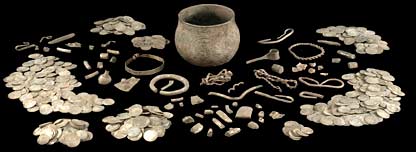


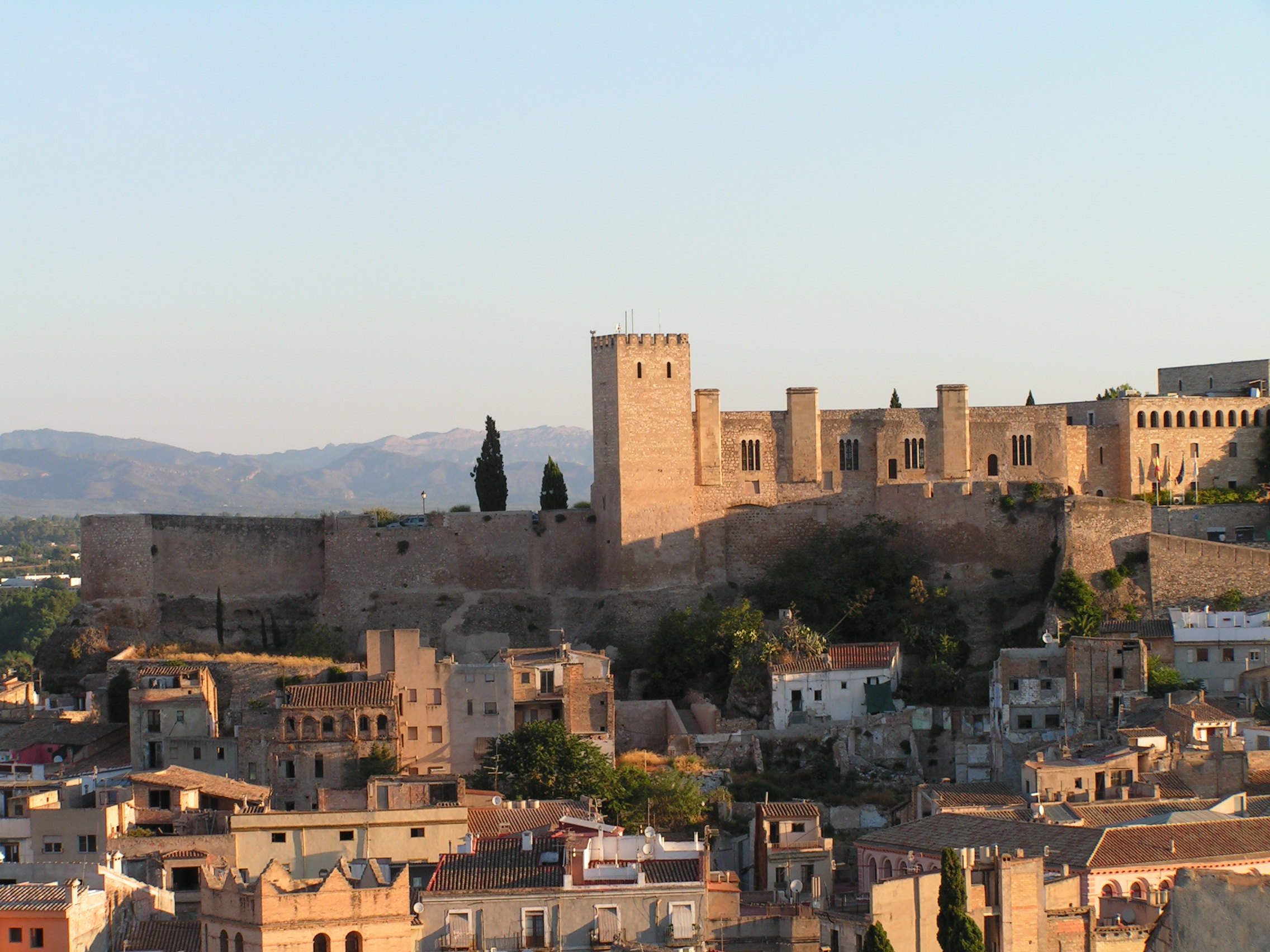











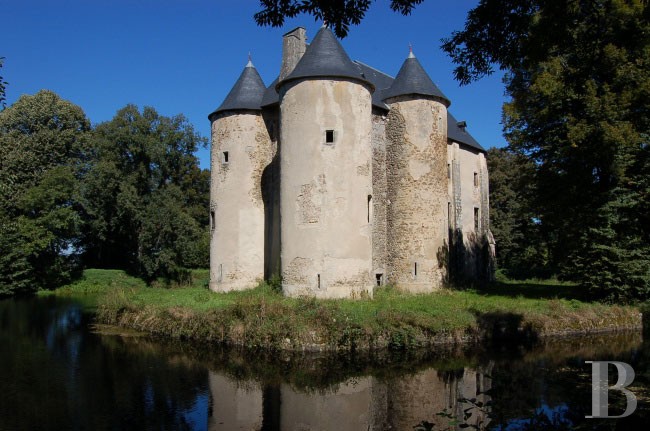
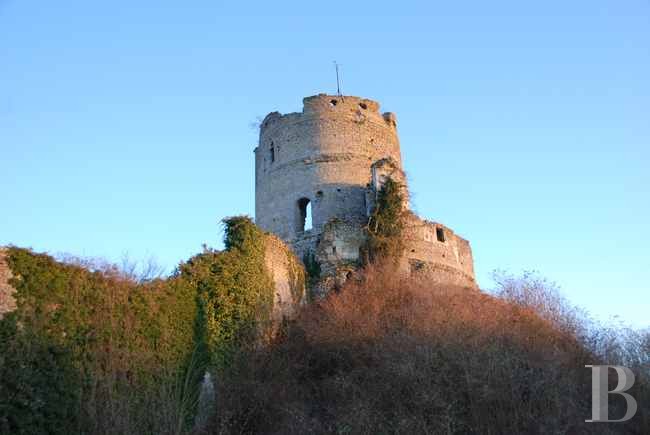
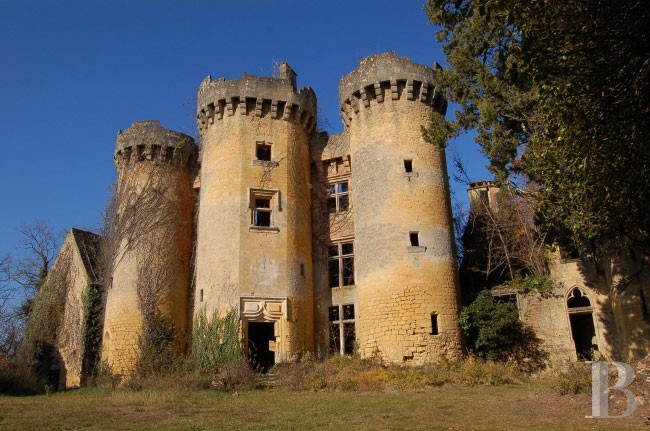
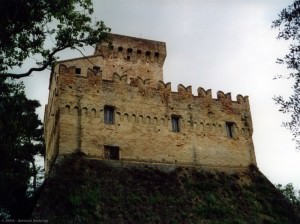






.jpg)




